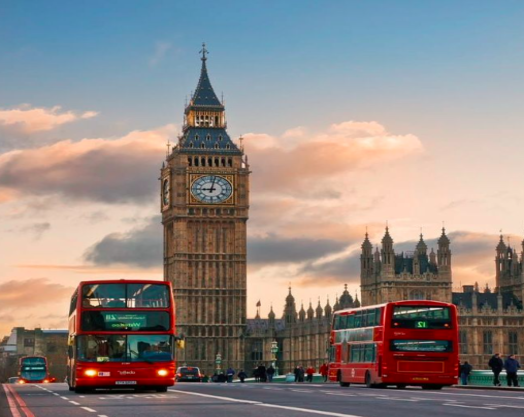- Casino News
- Industry News
British Gambling Operators Face Fixed Annual Levy


British Gambling Operators Face Fixed Annual Levy
The updated framework formalizes operator contributions by tying them directly to gross gambling yield (GGY). The rates vary, with the highest imposed on online gambling and betting businesses, which must contribute 1.1% of their GGY annually. Other verticals face lower rates, ranging from 0.1% to 0.5%, depending on the specific operations involved.
The Gambling Commission released a detailed breakdown of the new levy. Remote and non-remote pool betting operations, gambling machine operators, and family entertainment centres will be charged 0.1% of GGY. Land-based casinos and retail betting shops fall into a middle category, subject to a 0.5% rate. Society lottery licensees and external lottery managers—remote and non-remote—are also aligned with the 0.1% bracket.
The levy is calculated based on GGY, which includes the total amount retained by the operator after the payout of winnings and, in the case of lotteries, after contributions to good causes. Operators are required to submit accurate data through their regulatory returns, which the Commission will use to determine the amount owed. Any failure to comply with these data requirements could lead to enforcement actions, including regulatory penalties.
Invoices will be issued annually on September 1, and payment is due by October 1. Non-payment can result in serious consequences, including licence revocation. This gives the
The policy change is significant. For many years, funding for treatment and research initiatives was managed through voluntary donations, mainly directed to GambleAware. Under the new regime, contributions will be collected by the Gambling Commission and distributed through the National Health Service (NHS). This signals a change in administrative control and may alter priorities in future funding cycles.
The government expects the restructured levy to generate approximately £100 million annually. These funds will support initiatives targeting gambling-related harm, including treatment services, academic research, and public health campaigns. With the NHS overseeing distribution, the framework shifts from an industry-directed model to one grounded in public health infrastructure.


This development also alters the broader operating environment. With public institutions now managing harm prevention funding, additional scrutiny of how operators align with wider social objectives may exist. The shift in funding control could also affect how harm-related issues are researched and addressed, potentially influencing future regulatory proposals.
From an industry perspective, the levy formalises financial obligations that were previously discretionary. Under the voluntary model, some operators contributed substantially, while others offered minimal support. The new structure removes that variability, establishing uniform rules based on measurable business activity.
While it remains to be seen how the policy will influence player behaviour or market composition, the structural implications are clear. Operators that fail to meet reporting or payment obligations will face regulatory action. At the same time, those who adapt to the new requirements may find that a predictable cost structure allows for more stable long-term planning.
Whether the £100 million annual target will be met or exceeded will depend on market performance and the accuracy of reported figures. Over time, policymakers may assess whether the rates set for each vertical remain appropriate, especially as consumer preferences and business models continue to evolve.
For now, the UK's gambling industry enters a new phase in which contributions to harm prevention are not a matter of goodwill but of legal obligation. The outcomes of this change will likely shape the sector's development over the next several years.
Top Online Casinos On Our Land
10 Recommended Online Brands On CasinoLandia That Will Enhance Your Gaming Experience
No results were found!








